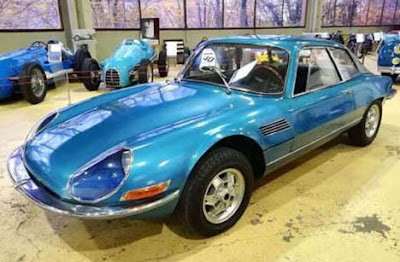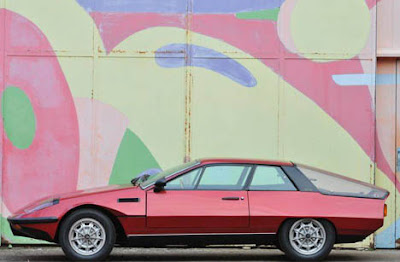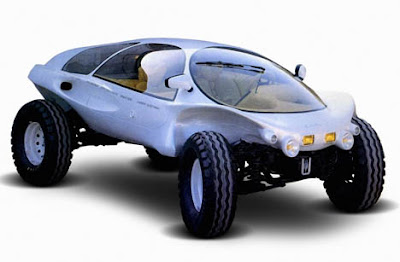Robotic Revolution - Shifting gears from evs to robots, Tesla, the esteemed American automotive and technology giant, grabbed attention at the October 2022 Tesla AI Day. They introduced Optimus, a revolutionary humanoid robot. Touted to bear a production cost below $20,000 or approximately Rp. 306 million, this technological marvel exemplifies Tesla's unwavering commitment to innovation.
 |
| Tesla has recently introduced the second iteration of its humanoid robot, aptly named Optimus Gen-2. (Picture from: Dexerto) |
 Fresh off the heels of this revelation, Tesla has recently introduced the second iteration of its humanoid robot, aptly named Optimus Gen-2. This underscores Elon Musk-owned company's commitment to refining and enhancing the capabilities of the Optimus humanoid robot. Noteworthy improvements in Optimus Gen-2 include the incorporation of flexible fingers adept at delicately handling objects, even as delicate as eggs.
Fresh off the heels of this revelation, Tesla has recently introduced the second iteration of its humanoid robot, aptly named Optimus Gen-2. This underscores Elon Musk-owned company's commitment to refining and enhancing the capabilities of the Optimus humanoid robot. Noteworthy improvements in Optimus Gen-2 include the incorporation of flexible fingers adept at delicately handling objects, even as delicate as eggs. |
| Optimus Gen-2 include the incorporation of flexible fingers adept at delicately handling objects, even as delicate as eggs. (Picture from: Dexerto) |
A captivating video released by Tesla captures Optimus Gen-2 in action, showcasing its remarkable ability to boil eggs. The robot, standing at almost 6 feet or 1.8 meters tall, dons a suit as it deftly maneuvers eggs with a finesse reminiscent of a seasoned chef. In this latest footage, Optimus Gen-2 carefully lifts an egg, effortlessly transfers it to the other hand, and places it down without causing any damage to the outer shell.
 |
| Optimus Gen-2 can pick up an egg without breaking the shell due to its advanced tactile senses in its fingers. (Picture from: RoboticGizmos) |
Beyond its culinary talents, the demonstration video portrays Optimus Gen-2 engaging in a range of activities, from flexing its fingers to performing squats and traversing a room. These movements underscore the robot's potential to assume roles traditionally held by humans in various workplaces. Milan Kovac, an engineer working on the Optimus project, hails Optimus Gen-2 as a humanoid robot with vastly improved capabilities and durability compared to its predecessor.
 |
| Optimus Gen-2 weighs 10 kg less than its predecessor, has better balance, and is 30 percent faster. (Picture from: Electrek) |
Optimus Gen-2 boasts hands with 11 additional degrees of freedom, courtesy of Tesla-designed actuators and sensors. Kovac notes that the robot's flexible fingers enable it to handle items with smoothness and gentleness. Touch sensors are embedded in all of Optimus Gen-2's fingers, and the overall body is lighter and faster than its forerunner. Notably, this robot boasts a 30% increase in speed compared to the first-generation Optimus, introduced just nine months ago.
 |
| Tesla's humanoid robot has come a long way - it was first revealed just as a human in a suit, and now, Optimus can poach an egg like a real chef.. (Picture from: Electrek) |
While retaining some key features from Gen-1, Optimus Gen-2 introduces enhancements that align more closely with human movements. The robot is equipped with AI applications and functionality, further expanding its capabilities. Actuators, sensors, integrated circuits, and harnesses contribute to the robot's improved balance and control, with a 10 kg reduction in base weight from the previous version.
Optimus Gen-2 promises various articulation improvements and more precise hand and foot strength sensing. The video emphasizes improved balance, full-body control, and touch sensing on all fingers. Julian Ibarz, Tesla's senior staff software engineer, underscores the authenticity of the showcased capabilities, asserting that the video depicts real-time actions without any CGI or editing tricks.
 As of now, it's worth waiting for further developments, due to Tesla has not disclosed yet anything about the further version. Nevertheless, the unveiling of Optimus serves as a compelling glimpse into a future where robots may assume increasingly significant roles in the workforce, potentially reshaping the landscape of employment as we know it. Prepare for a future where the capabilities of humanoid robots like Optimus become an integral part of our daily lives. *** [EKA | FROM VARIOUS SOURCES | GIZMOCHINA | DAILYMAIL | ELECTREK | ROBOTICGIZMOS | DEXERTO ]
As of now, it's worth waiting for further developments, due to Tesla has not disclosed yet anything about the further version. Nevertheless, the unveiling of Optimus serves as a compelling glimpse into a future where robots may assume increasingly significant roles in the workforce, potentially reshaping the landscape of employment as we know it. Prepare for a future where the capabilities of humanoid robots like Optimus become an integral part of our daily lives. *** [EKA | FROM VARIOUS SOURCES | GIZMOCHINA | DAILYMAIL | ELECTREK | ROBOTICGIZMOS | DEXERTO ]Note: This blog can be accessed via your smart phone.









































